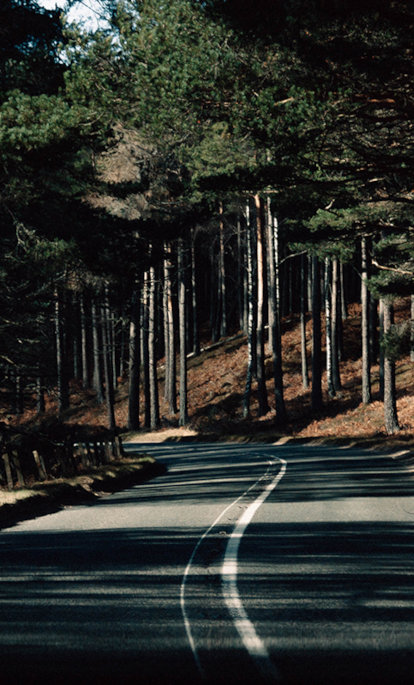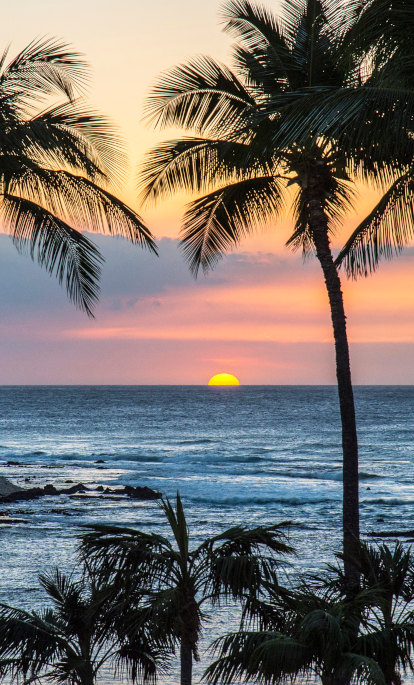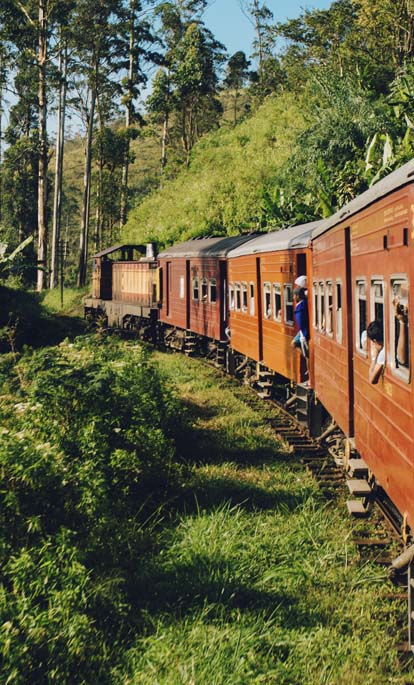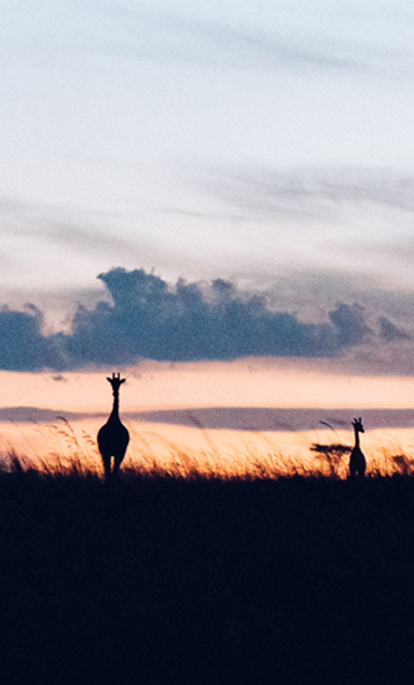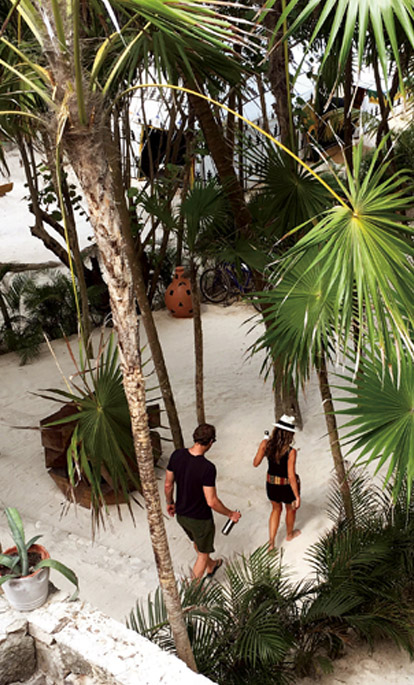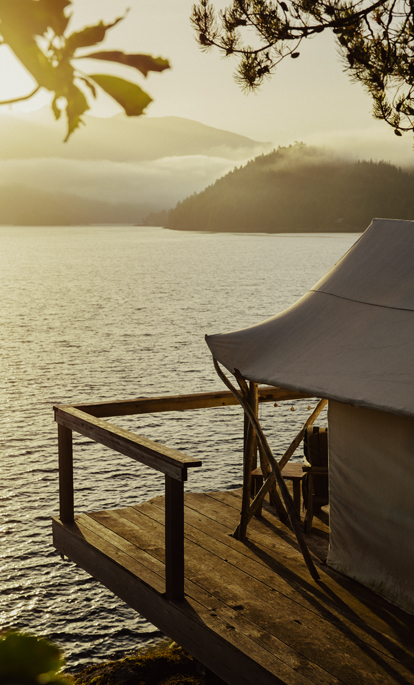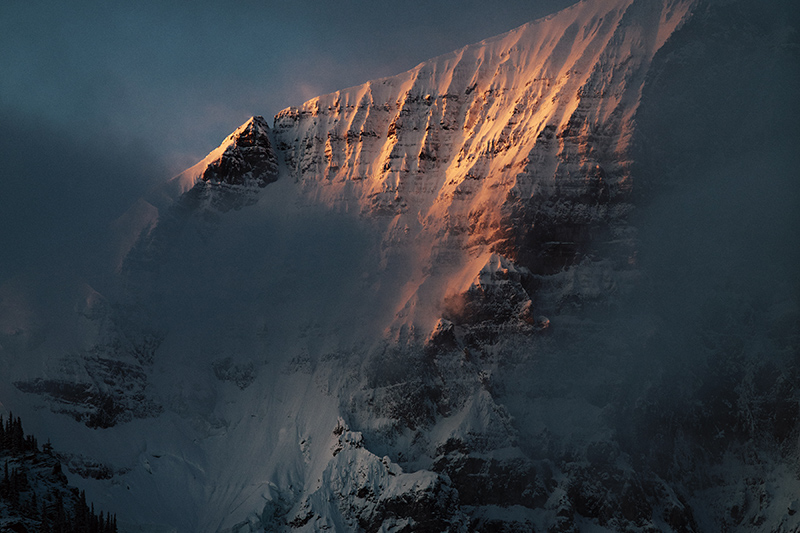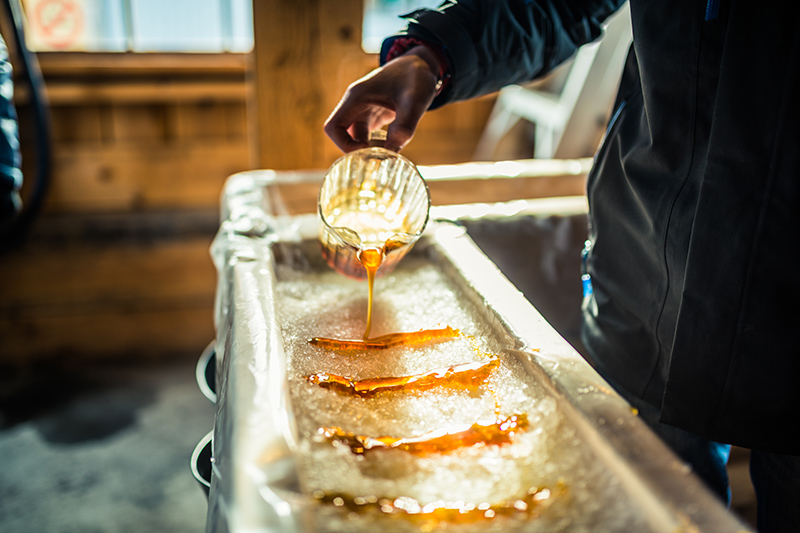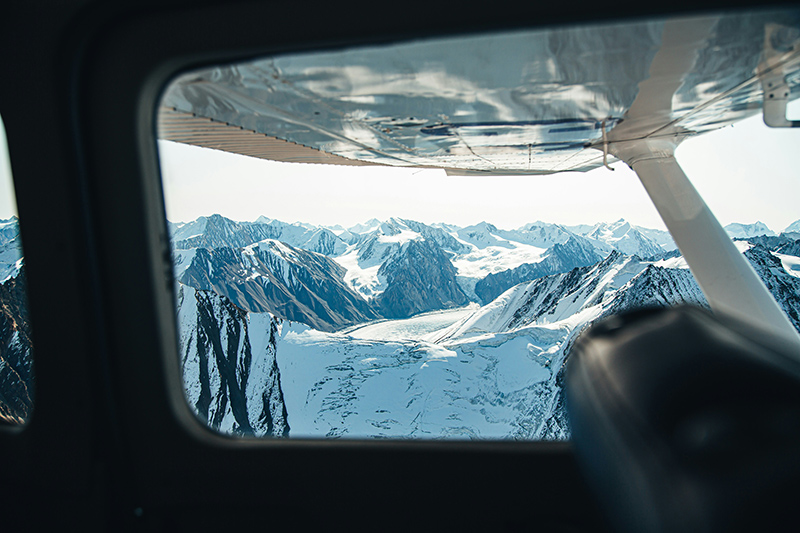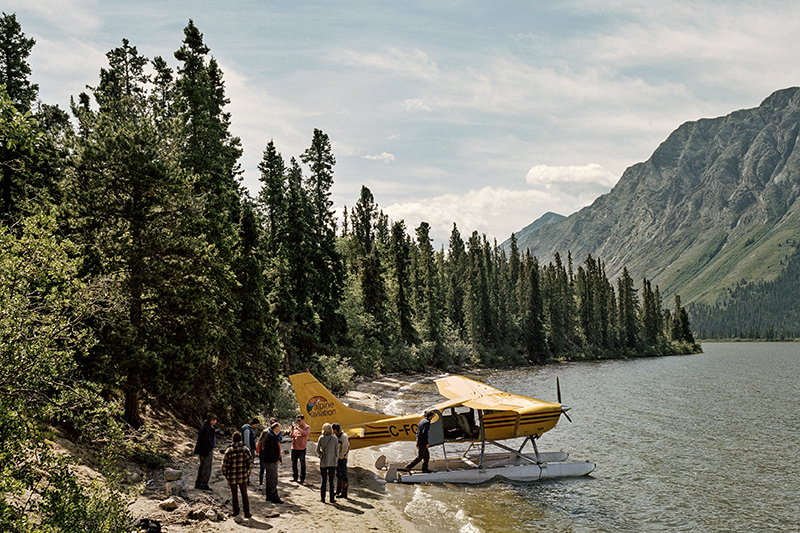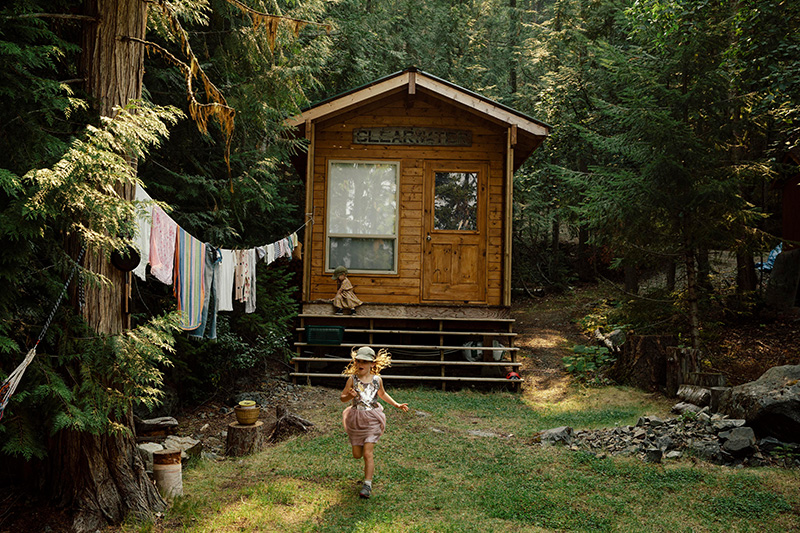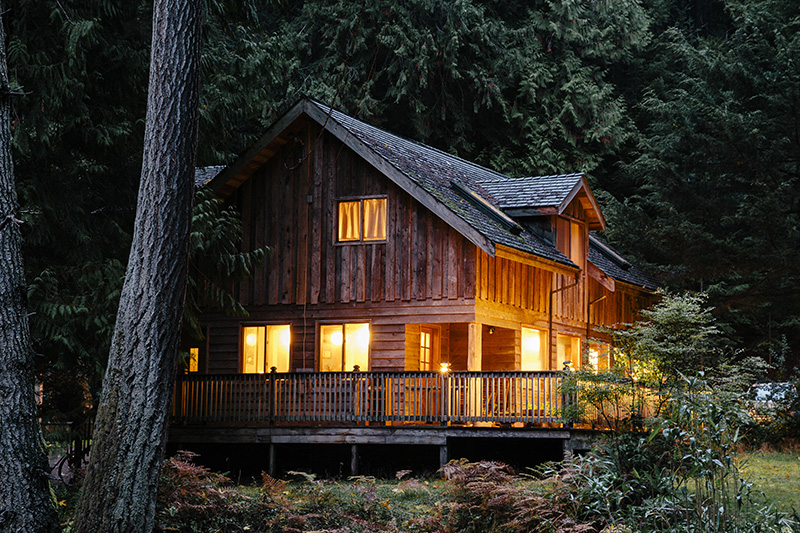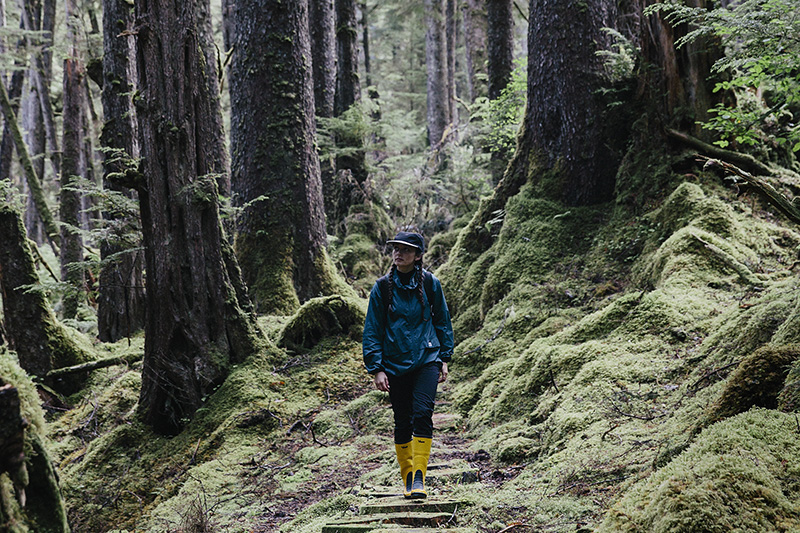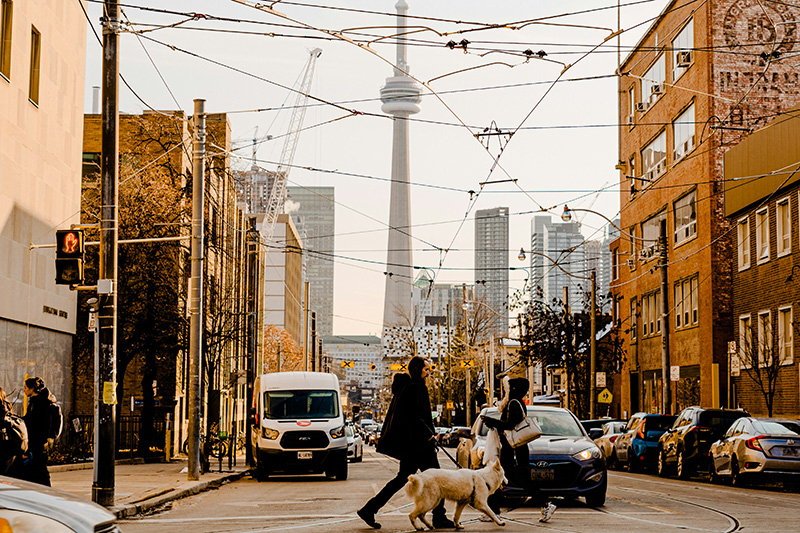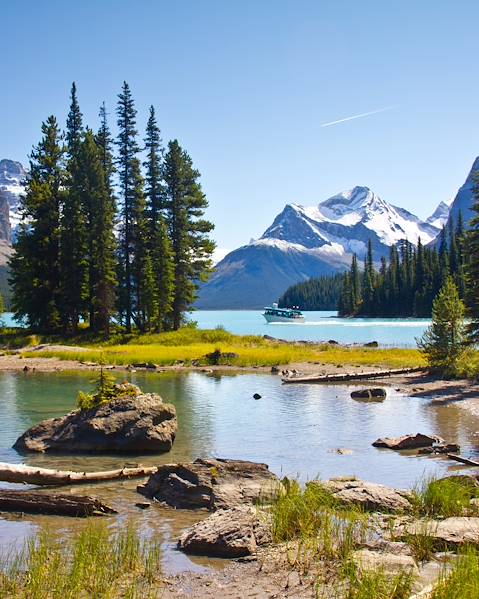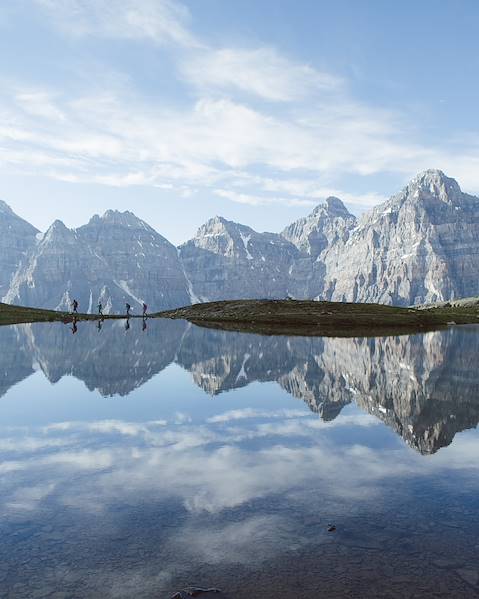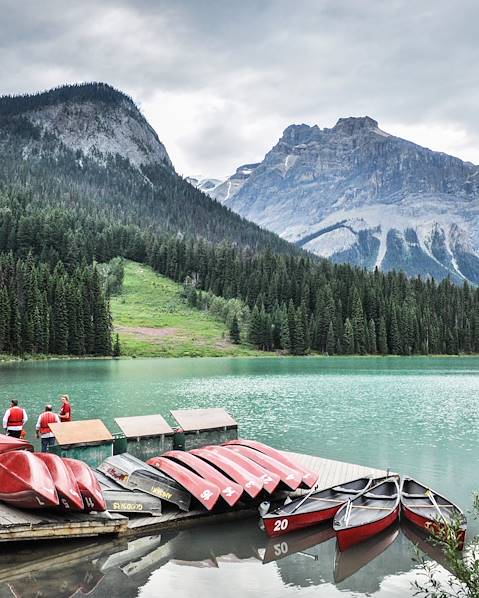As the second-largest country in the world, Canada covers a significant portion of North America. Exposed to the influence of the Atlantic and Pacific oceans, the weather in this vast nation (unsurprisingly) varies greatly. Canada's summer is characterised by a dry climate from June to August (particularly in the southern part of the country), which sometimes sees temperatures climbing above 30 degrees Celsius. Winter – from December to March – is also very distinct, with temperatures often dropping below zero, although some coastal areas can be milder. Whether you’re a ski bum, a wildlife enthusiast or eager to tick the Northern Lights off your bucket list, read our month-by-month lowdown on the best time to visit Canada.
Quebec
Depending on the region, the climate in Quebec is varied but remains generally cold and humid due to its northern location and coastline. There are four major climatic regions in Quebec. The Great Lakes region and St. Lawrence Lowlands have humid continental climates, with hot and slightly wet summers and cold and prolonged winters. Temperatures here vary across a range of 30 degrees, with heavy rainfall every season (35 inches per year in some areas).
The east has more of an oceanic climate thanks to the presence of the Atlantic. Winters are long but relatively mild compared to other regions, and summers are fairly short but warm, and punctuated by rainy periods.
The last two major areas are the arctic, which has a polar climate (harsh, very cold and very dry winters, but with less rainfall), and the subarctic, with a similar climate (long, cold winters and short, cool summers). The average temperature in the latter region is close to 0°C.
Yukon
Yukon has a predominantly subarctic climate. As a result, winters are cold and long, in contrast to relatively short but hot summers. The lowest temperature recorded in North America was in Yukon, at a mere -63°C. With its wide temperature range, this region is characterised by a relatively dry climate with limited rainfall, with the exception of the south-east and the mountains, which have high levels of precipitation. The coast of the Arctic Ocean has a polar climate.
Eastern Canada
The Atlantic Ocean can be felt in eastern Canada (Ontario and Quebec). The summer season here runs from May until October. Although Canada might be better known for its harsh winters, summers there can be very warm, with temperatures above 30°C. In Montreal , the temperature rises from an average of 17°C in May to an average of 25°C during the high season of July and August, with the mercury often exceeding 30°C. From September until the end of October, eastern Canada enjoys an Indian summer, with sunny days and nights that are just starting to cool off. The winter season in eastern Canada is spread between Christmas and mid-March, with negative yet manageable temperatures thanks to low humidity, averaging -6°C in Montreal in December and January.
Western Canada
Western Canada has three different climatic areas: the Pacific coastline, with its mild and humid microclimate, inland areas with a dry and often hot climate, and the Rocky Mountain region with its alpine-like climate.
The coast of British Columbia is a very mountainous region with an oceanic and humid climate, bringing mild and rainy winters. The summer season in western Canada runs from mid-May to mid-October, with temperatures peaking in July and August. The average then reaches over 22°C, with peaks possibly rising above 30°C. Inland British Columbia generally has a temperate and humid climate as well, but the climate in the northern part of the region is polar. Winters are cold and snowy. Inland in Osoyoos, Okanagan Valley is the hottest spot in Canada, with temperatures often reaching above 30°C during the summer months (perfect for the winemaking the region is famed for). There are also several semi-arid areas in the province, such as the Sunshine Coast. Much of western Canada is made up of the Rocky Mountain region, with heavy annual snowfall (14 inches) and very variable temperatures between summer (averaging 28°C in July) and winter (averaging -2°C).

